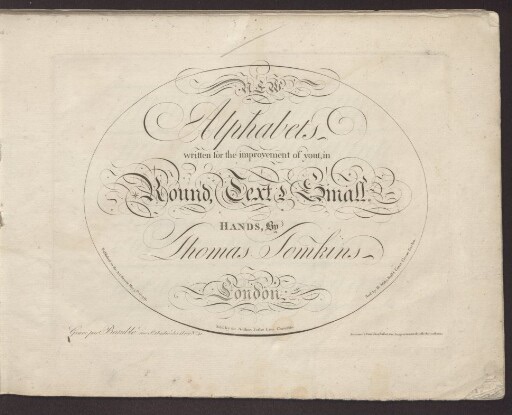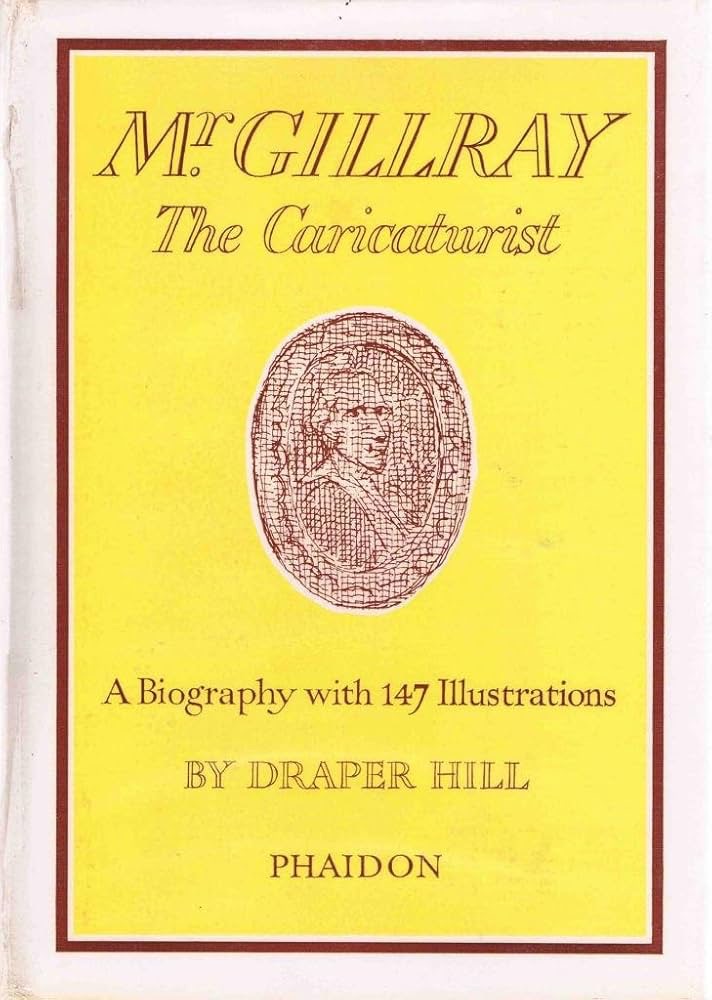

I’m massively impressed by this book.
Draper Hill, an American cartoonist, clearly had a consuming passion for Gillray. The research evident in this work, first published in the mid 1960s – added to how many (esp’ of the more obscure) Gillray artworks are ‘from the author’s collection’ – is quite astonishing.
Ever since first encountering Gillray’s incredible prints, via my interests in Napoleonic era history, I’ve been blown away by them. Learning more about the man who created these complex and now potentially obscure/hard to decipher works is utterly fascinating.
P. 155 ‘Comprehension by a later generation requires a certain expenditure of effort.’ Very true, Mr Hill.
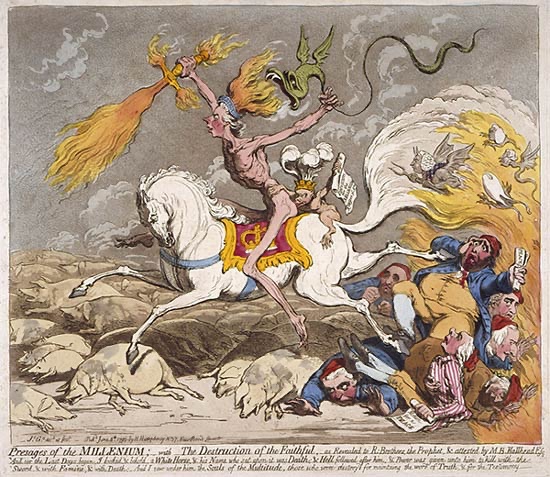
In addition to the usual biographical stuff, that one expects on any subject – birth, childhood background, education, etc. – one of the threads of chief interest with Gillray, given his milieu, political satire, is who is ‘paying the piper’? Whose ideas are we seeing?
Draper Hill goes into as much detail as the sources available to him permit. And it makes for fascinating reading. After a youthful period of being a gun for hire, Gillray became steadily more allied to Tories, like George Canning.
Often it’s Canning’s ideas, or those of other paying clients/masters, that Gillray deploys his immense talents on behalf of. But that said, as Hill notes, a lot of Gillray’s output, perhaps more so in the general ‘social satire’ arena, as opposed to political satire, and/or propaganda, drawer on his own ideas.
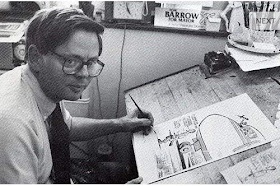
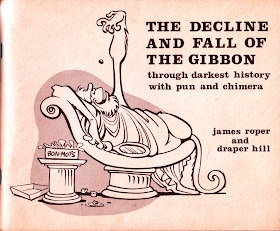
I’ve had this book ages now. And started reading it I can’t even remember when. I picked it up again, as a kind of light reprieve from the N. A. M. Rodgers’ naval trilogy (I’ve literally just finished Vol II of the latter), and I’m thoroughly enjoying it.
I resumed reading it yesterday, only a few pages in. And now I’m on the final rather sad chapter, ‘Disintegration’. It’s a compelling story, to me at any rate.

It’s also very interesting, how this book connects to Vol. II of Rodgers’ naval history, the latter ending, as it does, in the era of the French Revolution and Great Wars (as the Napoleonic period was known at the time). Consequently many of the folk Gillray either has dealings with, or depicts, were also recent subjects of Command of the Ocean.
Well, if slightly floridly written – especially impressive as this is not the author’s chief area of professional competence – incredibly well researched (the more so for someone not a professional academic), this is clearly a labour of love on Hill’s part.
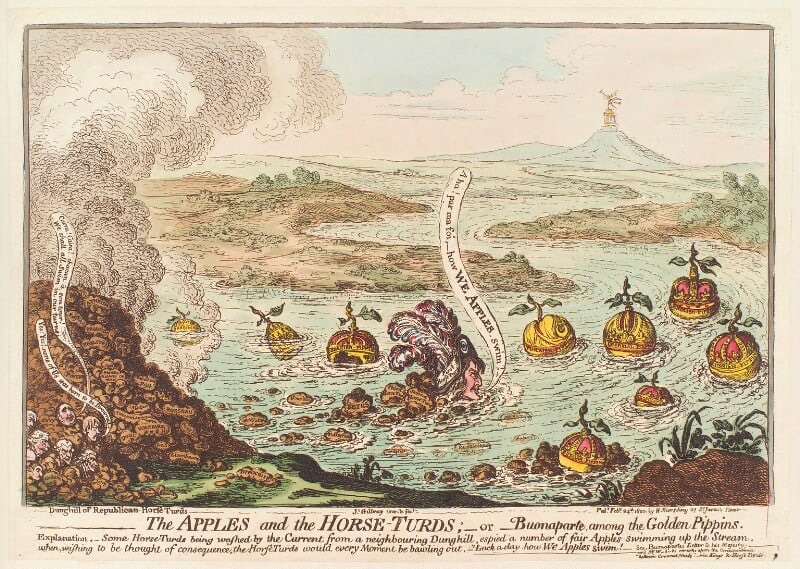
I love it! And highly recommend it.
*Prob’ painted for Hannah Humphreys.
NOTE
All the illustrations in the book under review are black and white. I’ve included a couple of coloured ones here, to convey a fuller effect of Gillray’s work. If the potentially interested reader seeks decent colour reproductions, a better place to go than Draper Hill’s book – first and foremost a biography – is Clayton’s much more recent work, James Gillray, a Revolution In Satire.
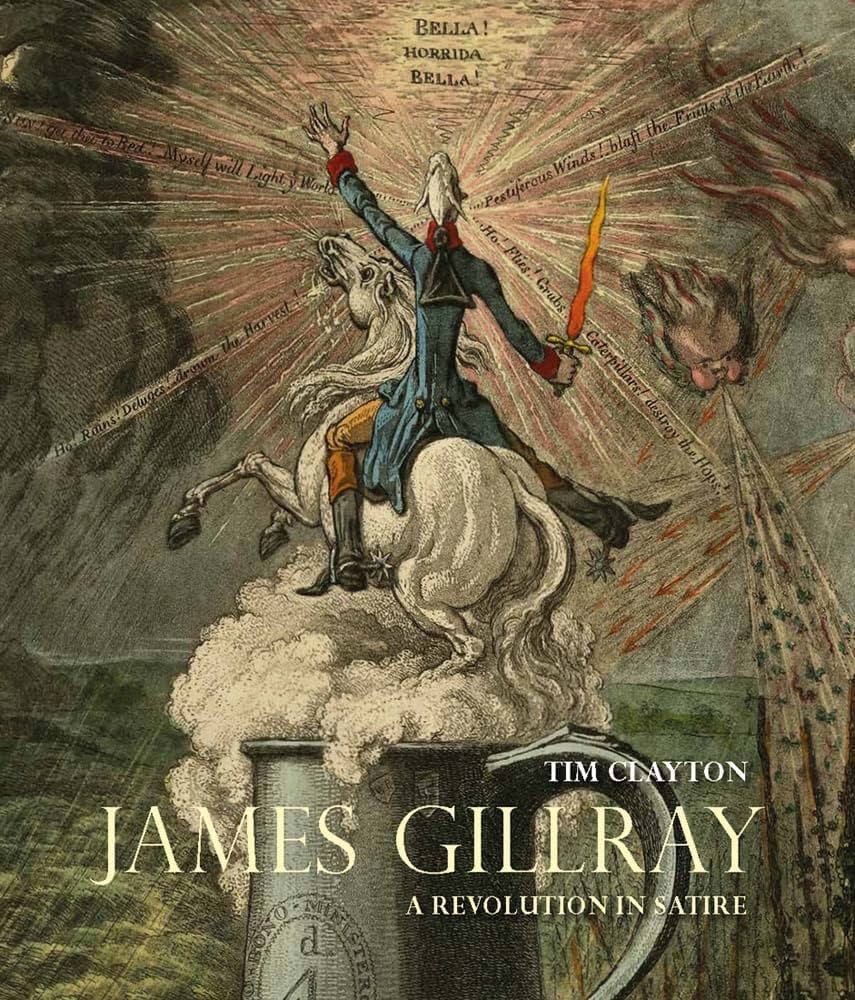
FOOTNOTE
This book references numerous things that excite my interest, including such things as Broadley’s catalogue of Napoleonic prints, etc. Indeed, there are a great many quite diverse things Hill refers to I’d like to explore further. One such is this, a handwriting guide, using numerous bon mots to aid the cultivation of good penmanship.
